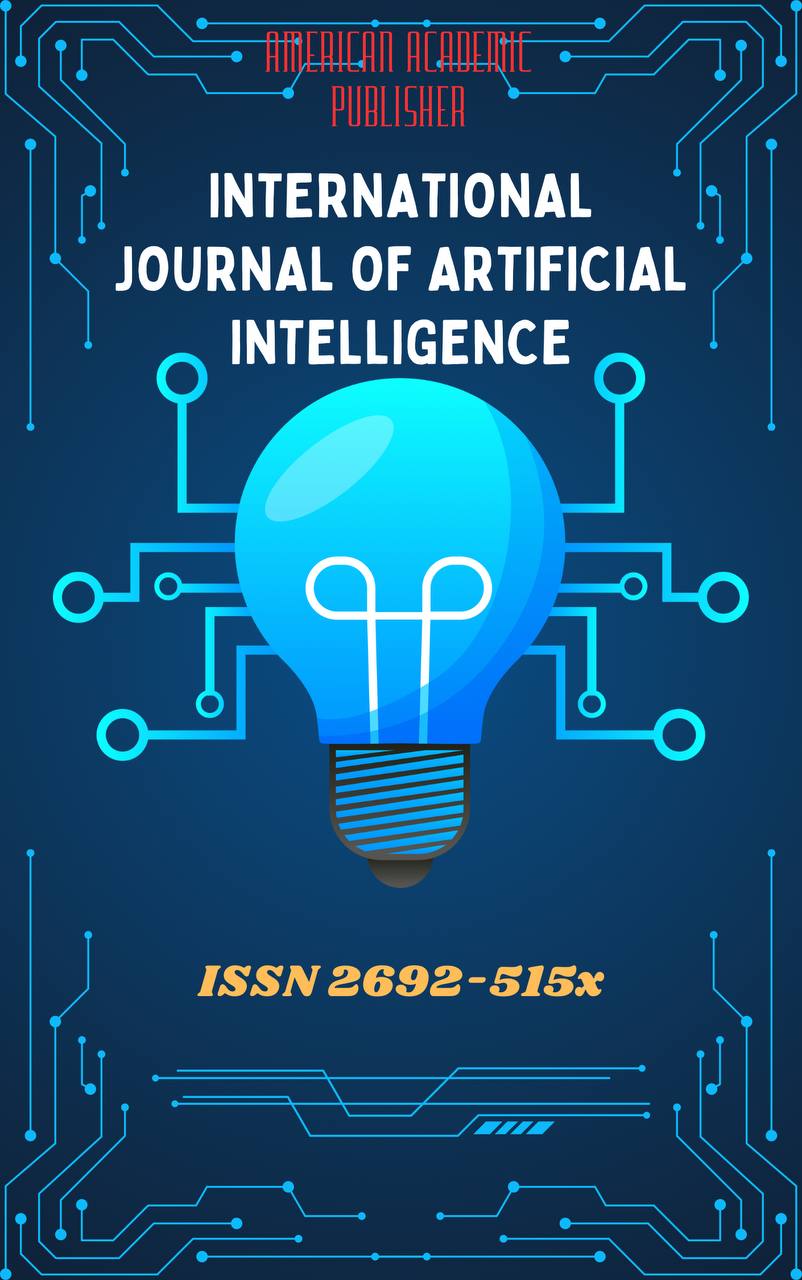 Articles
| Open Access |
Articles
| Open Access | DEFINITION AND CLASSIFICATION OF SIMPLE STATEMENTS
Alimova Nigora,Suvonkulova Zarina , Termez State Pedagogical InstituteAbstract
This article describes the definition and classification of simple statements, the history, origin and opinions of simple statements, and their thoughts on simple statements and proposals on simple statements.
Keywords
lane, whole, simple, phrases, complexity, addiction, questioning, saying, saying. What is said in our language will be different. They are also separated depending on their structure. One of them is a simple thing. Simple talk is a thing built around the predicate (ie verb). In other words, it will be one idea. For example: I went to school. There is only one idea in this statement, so it is a simple statement.
References
Abdukodirov, A. and others. Current Uzbek literary language. Tashkent: National Encyclopedia of Uzbekistan, 2006.
Mahmudov, N., Abduazizov, A. and others. Theoretical grammar of Uzbek language. Tashkent: Fan, 2008.
SAADA, M. Grammar construction of Uzbek language. Tashkent: Teacher, 1980.
Ganieva, M. Methods of teaching language materials in mother tongue lessons. Tashkent: Fan, 2005.
Kochkorov, O. The fragments of the sentence and the speech is syntax syntax. Tashkent: Science and technology, 2011.
Shcherba, L.V. Yasikovaya system i searcheba duratnostost. Moscow: Nauka, 1974.
Karimov, G. Syntax of the Uzbek language. Tashkent: Teacher, 1994.
Khamidov, A. The present Uzbek language. Syntax. Tashkent: Fan, 2002.
Ibrahimova, M. Fundamentals of speech culture. Tashkent: New-century generation, 2010.
. Ministry of Public Education of the Republic of Uzbekistan. Textbooks and manuals for general secondary schools in native language (grades 1-11). Tashkent: New-century generation, various years.
Article Statistics
Downloads
Copyright License

This work is licensed under a Creative Commons Attribution 4.0 International License.

